 The Hohokum, Mogollon, and Anasazi. Before our time in the southwest, we weren't familiar with these ancestral people. Traveling through Arizona, New Mexico and Colorado, we've collected the stories told by art books, park rangers, catholic priests, native elders, anthropologists, historians and hippies. It's an incomplete education. Some claim the disappearance of the ancients. That drought or depleted resources or war lead to their demise. That by about 1300, the basketmakers and potters and farmers and hunters who migrated through and eventually settled the area, vanished.
The Hohokum, Mogollon, and Anasazi. Before our time in the southwest, we weren't familiar with these ancestral people. Traveling through Arizona, New Mexico and Colorado, we've collected the stories told by art books, park rangers, catholic priests, native elders, anthropologists, historians and hippies. It's an incomplete education. Some claim the disappearance of the ancients. That drought or depleted resources or war lead to their demise. That by about 1300, the basketmakers and potters and farmers and hunters who migrated through and eventually settled the area, vanished.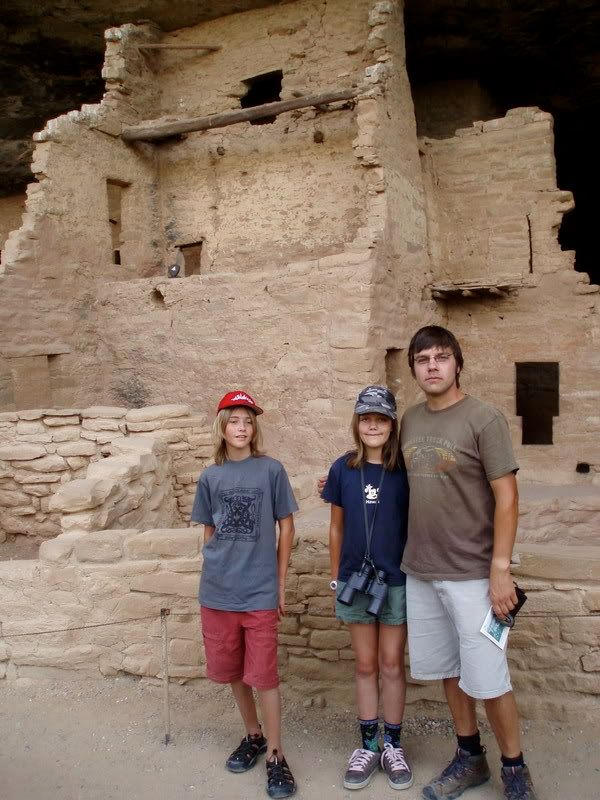
Wait. Not true. They moved south, away from agriculture in a return to hunting and gathering. There were no Anasazi anyway. That's a Navajo word- something akin to "others" or "enemy". Why should people who showed up just before the Spanish name the Puebloan ancestors? Puebloan? Those are Hopi and Zuni ancestors, not just Puebloan.
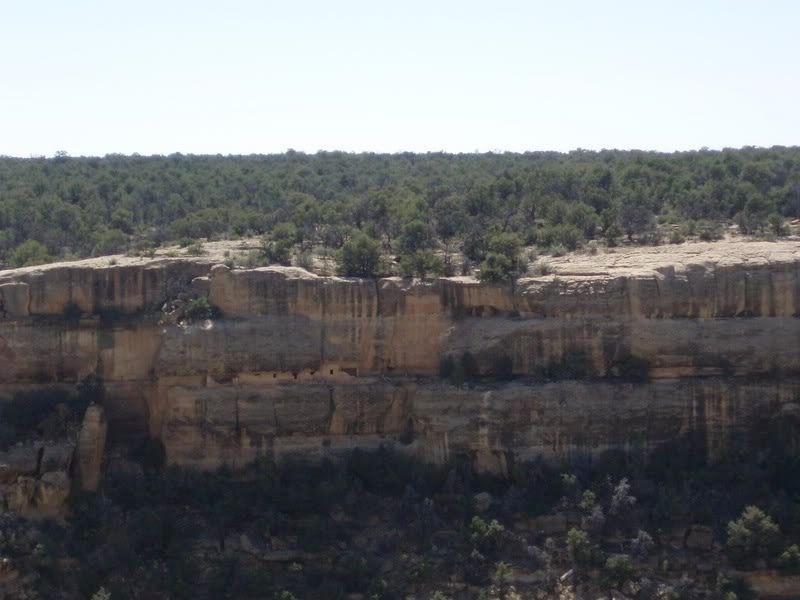 The cliff dwellers are some of "the most peaceful people ever to walk the earth." But there is some evidence of cannibalism. And, for the record, they're "alcove communities" not cliff dwellings.
The cliff dwellers are some of "the most peaceful people ever to walk the earth." But there is some evidence of cannibalism. And, for the record, they're "alcove communities" not cliff dwellings. The carvings along Petroglyph Trail are interpreted as a linear story, the histories of the people who made them is anything but.
The carvings along Petroglyph Trail are interpreted as a linear story, the histories of the people who made them is anything but.For now, the certainties tell us that approximately 800 years ago, some 50,000 people lived in the greater 4-Corners area. Climate, threat, advancing architectural skills, the Creator- something- led them to take residence in the alcove beneath the mesas.
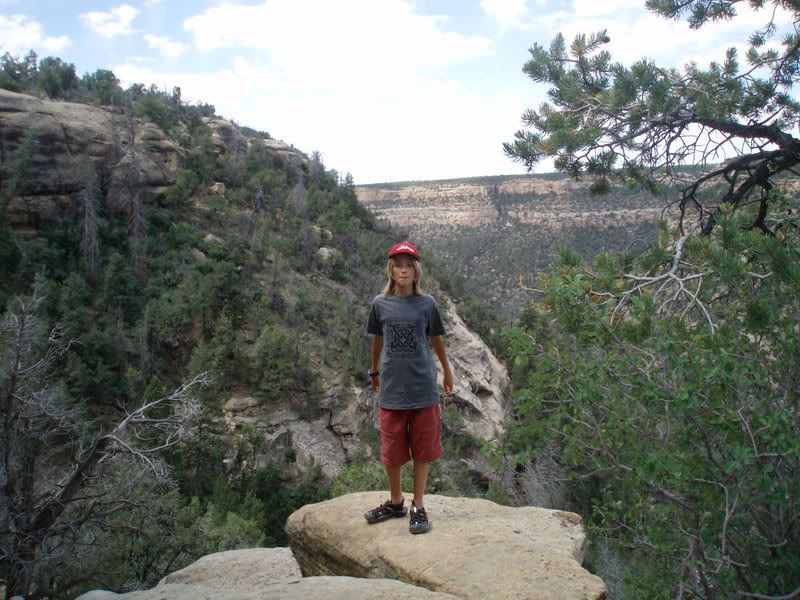
Planted above the cliffs, dry farmed (non-irrigated) corn, beans and squash comprised 70% of the food sources with 15% gathered and the rest hunted.
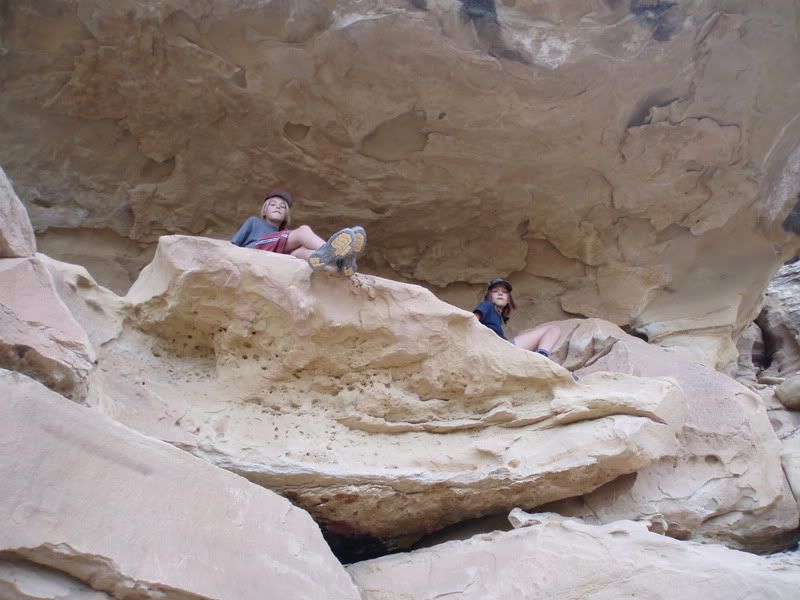
Water from the mesa top took 20-30 years to filter through layers of canyon sandstone, eventually delivering up to 6 gallons/minute to alcove seep springs.

There are about 600 dwellings at Mesa Verde. We had access to three, saw more across the canyons and are awed by the presence of the rest. The sites have been protected by the federal government for 101 years. Not long enough to stop the Swedish archaeologist who exported dozens of artifacts or locals who used dynamite to remove walls blocking their access to pottery. There's speculation that ranchers may have pulled juniper beams from the roofs, for firewood.
For all the unknowns, Mesa Verde remains spectacular. Grounding.
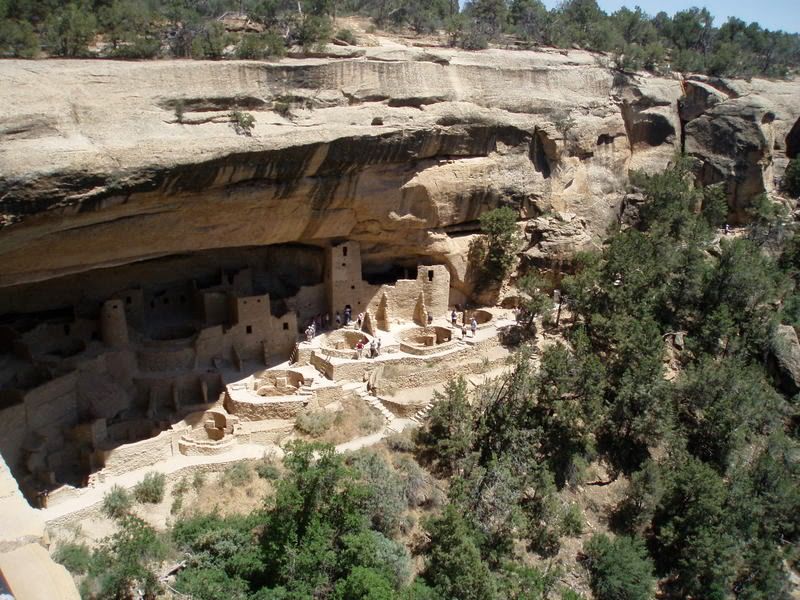
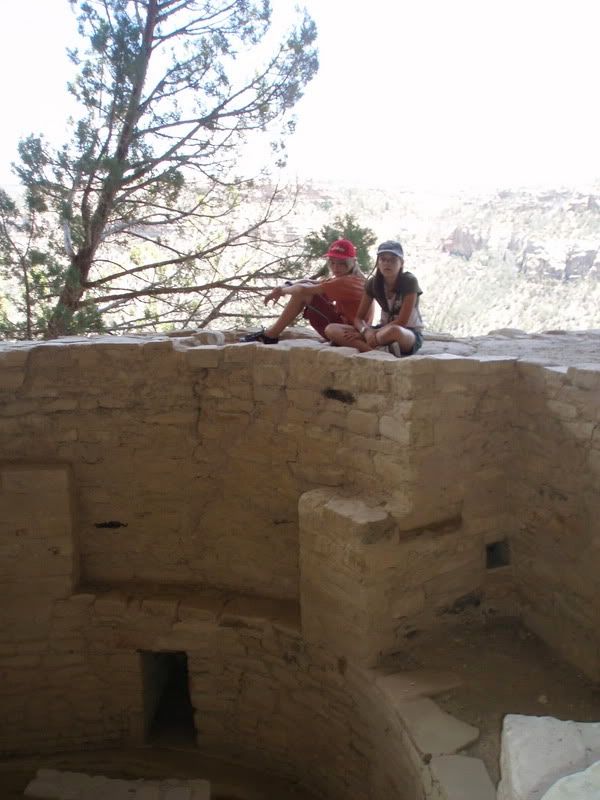

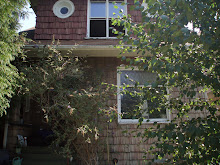



2 comments:
Oi, achei teu blog pelo google tá bem interessante gostei desse post. Quando der dá uma passada pelo meu blog, é sobre camisetas personalizadas, mostra passo a passo como criar uma camiseta personalizada bem maneira. Até mais.
Portuguese? I think Rodrigo has t-shirts for sale. Anyone care to translate the messages?
Post a Comment